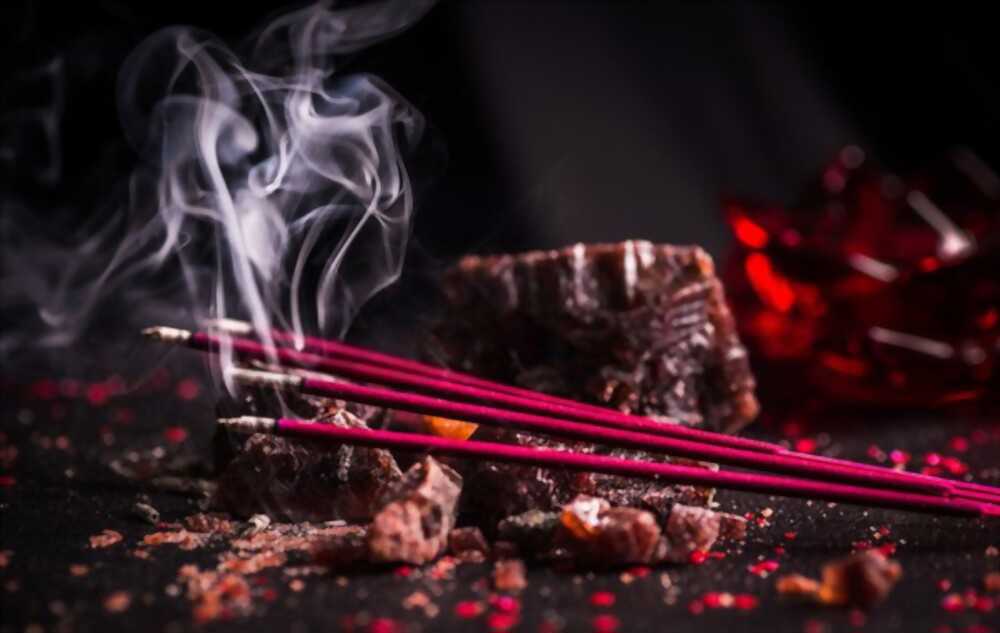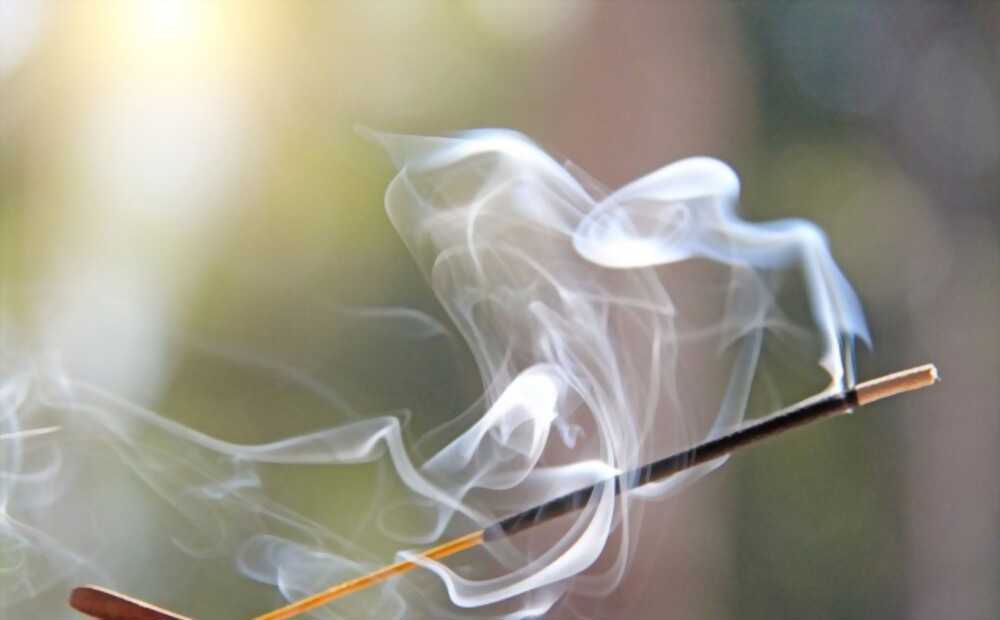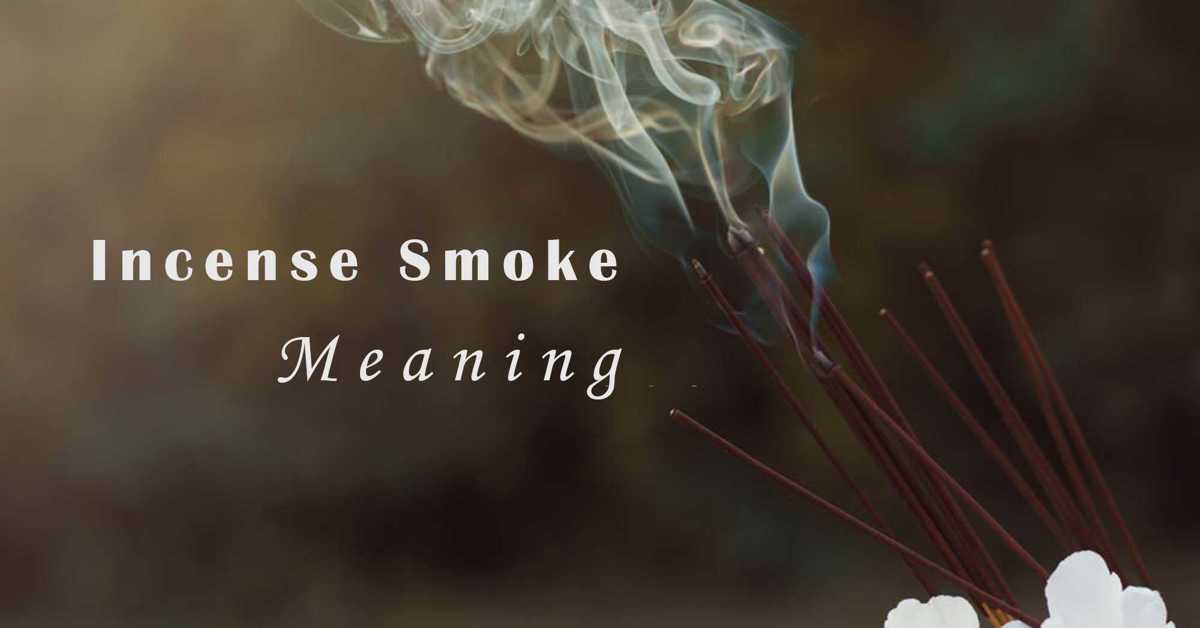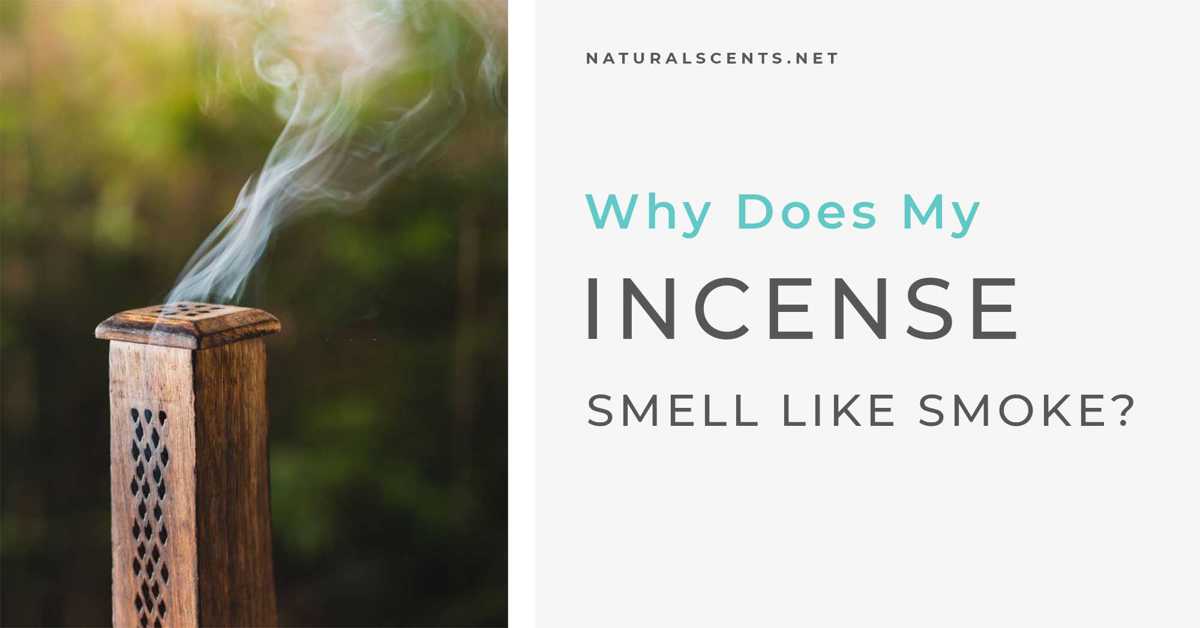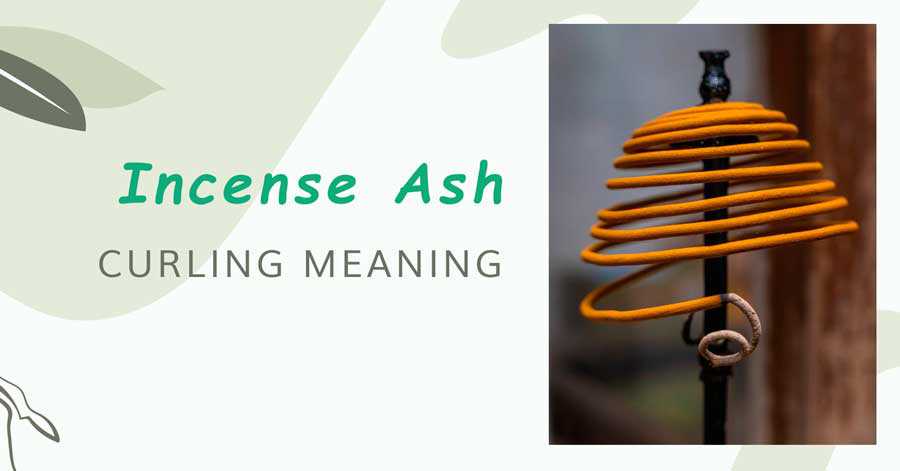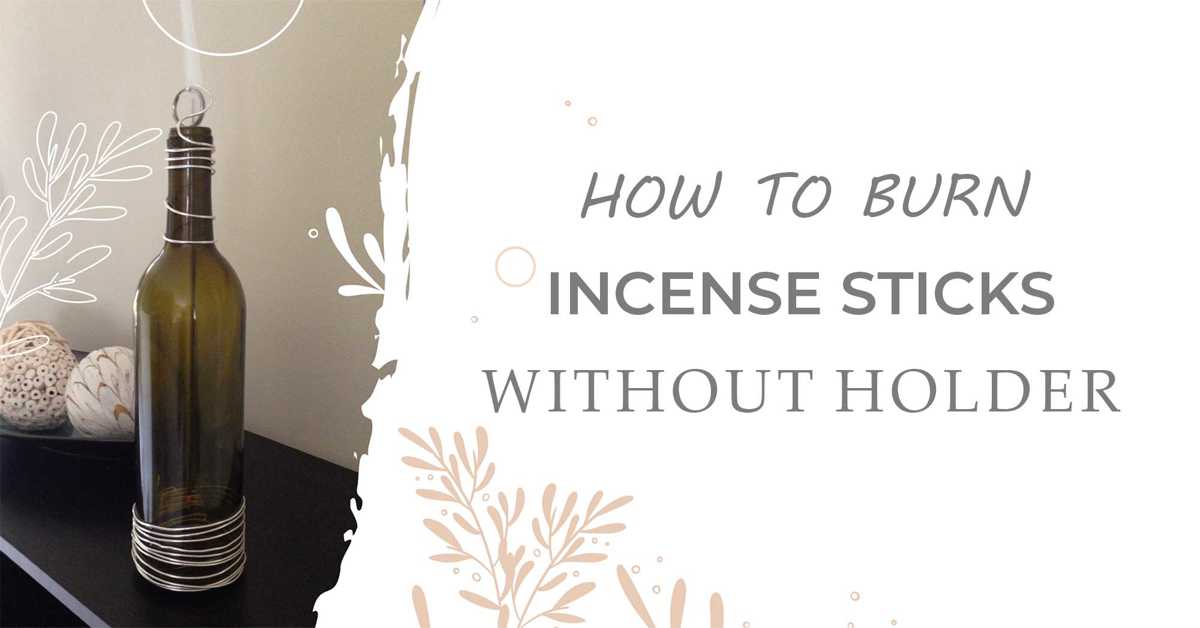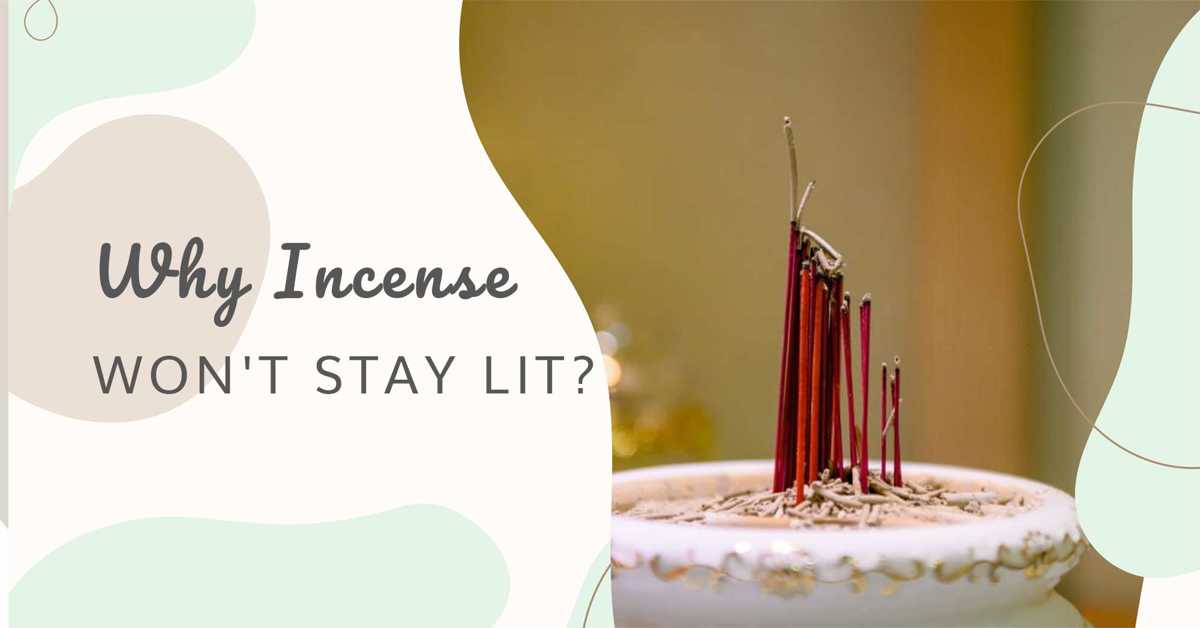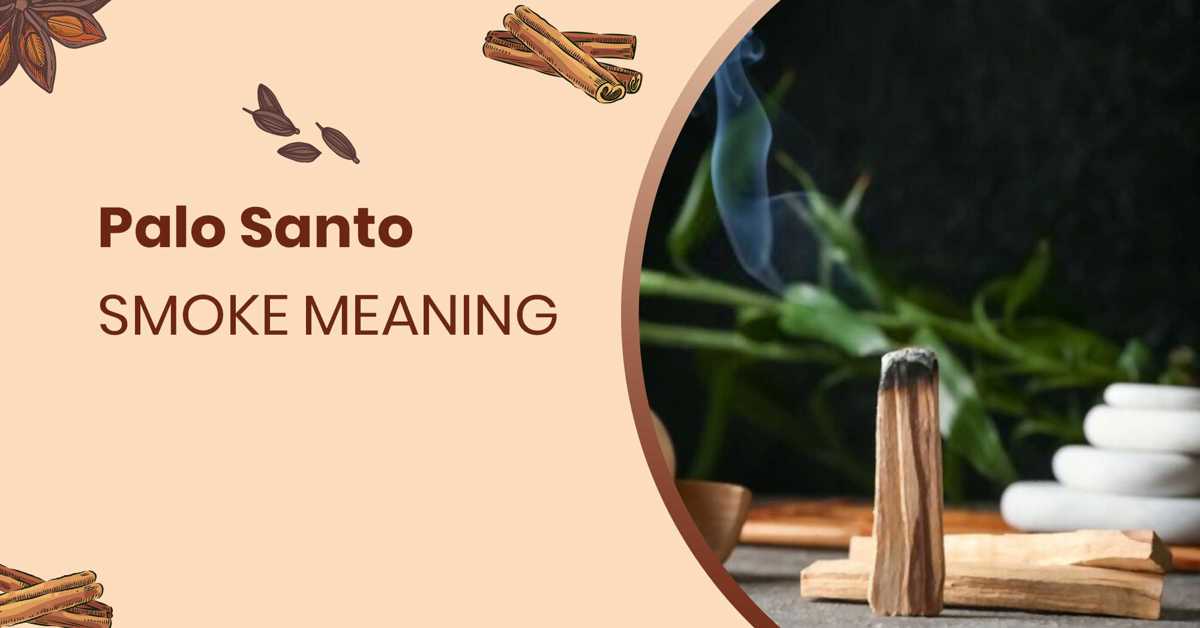Incense is a popular way to add fragrance to your home. While these scents may be pleasing to the nose, did you know they can also have some unintended side effects? Incense can release harmful pollutants into the air, and people who are exposed to them on a regular basis may be at risk for health problems. Here we'll take a look at some of the potential risks associated with burning incense and what you can do to keep yourself safe.
1. Burning incense side effects
Most people who burn incense do so without any adverse effects. However, some people may experience side effects from burning incense, especially if they are allergic to the smoke or have asthma. Burning incense can also be a fire hazard. Here are some of the potential side effects of burning incense:
2.1. Allergic reactions
Some people may be allergic to the smoke produced by burning incense. Symptoms of an allergic reaction may include coughing, wheezing, shortness of breath, and watery eyes.
2.2. Asthma attacks
People with asthma may have difficulty breathing when exposed to the smoke from burning incense.
2.3. Fire hazards
Incense can easily start a fire if it is not used properly. Make sure to keep incensed away from flammable objects, and never leave burning incense unattended.
2.4. Respiratory problems
Prolonged exposure to the smoke from burning incense can cause respiratory problems, such as bronchitis and pneumonitis.
2.5. Skin irritation
Some people may experience skin irritation from contact with the smoke of burning incense.
2.6. Contains some harmful chemicals
The chemicals in incense smoke can be harmful if inhaled over a long period of time. This is especially true of certain types of incense that contain high levels of toxins.
2.7. Burn incense can be dangerous to pets
Incense smoke can irritate a pet's lungs, and if inhaled in large enough amounts, it can even be fatal. Pets are also at risk of swallowing lit incense sticks, which can cause burns or other injuries. For these reasons, it's best to avoid burning incense around pets. If you must burn incense, do so only when your pets are not present, and make sure that they have a safe place to go where they won't be exposed to the smoke.
If you experience any adverse effects after burning incense, it's important to stop using it immediately and see a doctor if necessary. Burning incense is generally considered safe when used in moderation, but it's always best to err on the side of caution.
2. Is incense smoke bad for your lungs?
It's a common question asked by those who enjoy burning incense: is the smoke bad for your lungs? The simple answer is yes, it can be. Inhaling too much incense smoke can irritate and damage your lungs. However, there are ways to enjoy incense without harming your health.
For example, you can choose to burn incense sticks that produce less smoke. These types of incense sticks are made with natural ingredients that help to reduce the amount of smoke released into the air. You can also burn incense in a well-ventilated room to help disperse the smoke more evenly and avoid inhaling too much of it at once.
By following these tips, you can enjoy the wonderful scent of incense without harming your health. Just be sure to take breaks occasionally and open a window to let fresh air in to avoid any negative effects from the incense smoke.
3. Is incense worse than cigarettes?
Incense has been used in religious and spiritual ceremonies for centuries. However, there is growing evidence that incense may be more harmful than previously thought. In fact, some studies have shown that incense smoke contains high levels of toxins and carcinogens, making it potentially more harmful than cigarette smoke.
So, is incense really worse than cigarettes? The answer may surprise you.
Here’s a closer look at the potential health risks associated with incense smoke:
3.1. Increased risk of cancer
Studies have shown that exposure to incense smoke can increase the risk of developing cancer. In fact, one study found that women who regularly burned incense had a significantly higher risk of developing bladder cancer.
3.2. Respiratory problems
Incense smoke can also cause respiratory problems, such as bronchitis and asthma. In fact, a study of children in Hong Kong found that those who were exposed to incense smoke had a higher risk of developing asthma.
3.3. Neurological problems
Incense smoke has also been linked to neurological problems, such as seizures and migraines. In one study, people who were exposed to incense smoke had a higher risk of developing Alzheimer’s disease.
3.4. Cardiovascular problems
Incense smoke has also been linked to cardiovascular problems, such as heart attacks and strokes. In one study, people who were exposed to incense smoke had a higher risk of developing heart disease.
So, should you avoid incense? While there is no definitive answer, it’s important to be aware of the potential risks associated with incense smoke. If you are concerned about your health, it may be best to avoid exposure to incense smoke altogether.
4. Is it safe to burn incense in my room?
Many people enjoy burning incense in their homes as it can create a pleasant and relaxing atmosphere. If you are using incense sticks, it is generally safe to burn them in your room.
However, there are some safety concerns that you should be aware of before doing so. Burning incense releases smoke into the air, which can be harmful to your lungs if inhaled. It is also a fire hazard, so it is important to make sure that the area where you are burning incense is well-ventilated and free of any flammable materials.
Besides, if you are using loose incense, you should be cautious about where you place it. Make sure the incense is placed on a heat-resistant surface and away from any flammable materials. It is also important to keep an eye on the incense while it is burning to make sure it does not start a fire.
5. Is incense a pollutant?
Incense smoke can be a pollutant, especially indoors. It can contain high levels of particulate matter and volatile organic compounds (VOCs), which can adversely affect indoor air quality. Additionally, incense smoke can trigger asthma attacks and other respiratory problems. For these reasons, it is important to use incense wisely and in moderation. When burning incense, make sure to do so in a well-ventilated area, such as outdoors or in a room with an open window. Additionally, avoid using incense near people who have asthma or other respiratory conditions. Finally, be sure to extinguish incense completely after use.
6. Are incense harmful to the environment?
Most incense is made from a combination of plant materials including tree bark, leaves, and flowers. These natural ingredients are burned to release their fragrant fumes. While the scent of incense may be pleasant, some studies have shown that burning incense can release harmful chemicals into the air.
One such study found that burning just one stick of incense can release high levels of pollutants, including carbon monoxide, nitrogen dioxide, and particulate matter. These pollutants can contribute to respiratory problems, heart disease, and cancer.
While more research is needed to confirm these findings, it's clear that burning incense is not without risk. If you choose to burn incense in your home, be sure to do so safely and only in well-ventilated areas. You may also want to avoid burning incense around children and pets.
7. How do you use incense safely?
Incense can be a great way to create a relaxing atmosphere in your home. However, it is important to use it safely to avoid any accidents. Here are some tips:
- Make sure the area is well-ventilated. Incense can produce smoke, so it is important to have good ventilation.
- Do not leave burning incense unattended. Make sure to extinguish it properly when you are done using it.
- Keep away from flammable materials. Incense should not be used near anything that can catch fire easily.
- Be careful with who you share your incense. Some people may be allergic to the smoke or even the scent of certain types of incense. If you are unsure, ask first before sharing.
Following these simple tips will help you enjoy your incense while staying safe.
Conclusion
Incense has been used for centuries for religious and spiritual ceremonies. While the jury is still out on whether or not incense is a pollutant, it’s clear that burning incense can have some harmful side effects. We recommend using caution when burning incense and taking steps to minimize any negative impacts it may have. Let us know in the comments what your thoughts are on incense – do you think it’s safe? Are there any benefits to using it? We would love to hear from you!
Related articles
Show moreSource
1. Incense smoke: clinical, structural and molecular effects on airway disease
https://clinicalmolecularallergy.biomedcentral.com/articles/10.1186/1476-7961-6-3
2. Measurements of VOC/SVOC emission factors from burning incenses in an environmental test chamber: influence of temperature, relative humidity, and air exchange rate
https://link.springer.com/article/10.1007/s11356-015-5819-2
3. Frankincense and myrrh essential oils and burn incense fume against micro-inhabitants of sacral ambients. Wisdom of the ancients?
https://www.sciencedirect.com/science/article/abs/pii/S0378874117342745
4. Burning Incense, Pledging Sisterhood: Communities of Women Workers in the Shanghai Cotton Mills, 1919-1949 | Signs: Journal of Women in Culture and Society: Vol 10, No 4
https://www.journals.uchicago.edu/doi/abs/10.1086/494179?journalCode=signs

